
Grasslands are disappearing as forests reclaim abandoned land. While grazing and mowing once kept them open, these methods are labor-intensive. Now, prescribed burning is emerging as a solution. But does it truly help biodiversity? Scientists explored how controlled burns affect plant species—and their findings reveal surprising benefits for endangered plants.
Why Are Grasslands Disappearing?

Across the world, once-thriving grasslands are vanishing as rural populations decline. Without human intervention, forests reclaim open land, leaving species that depend on grasslands struggling to survive. Many endangered plants and insects rely on these habitats, making their loss seriously threatening biodiversity. How can we keep these ecosystems intact?
How Humans Keep Grasslands Open
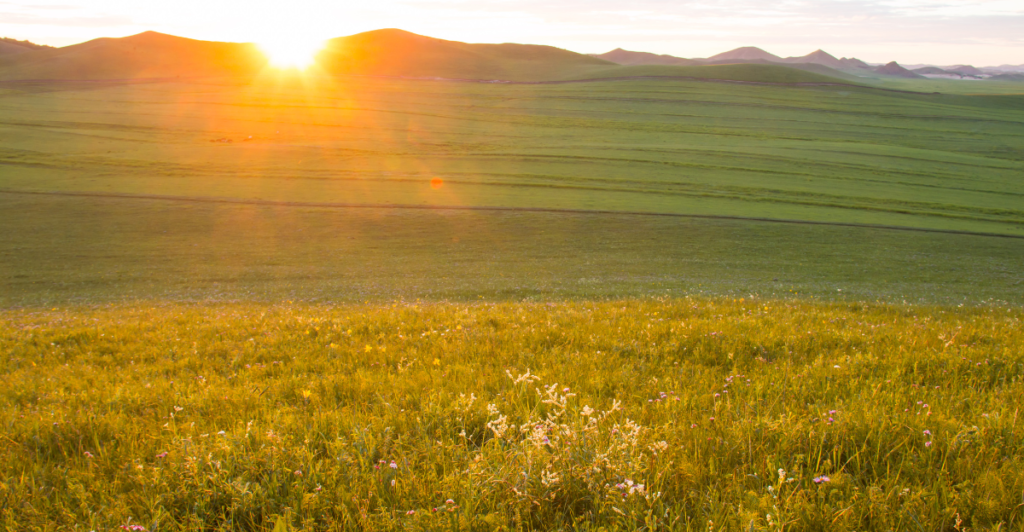
For centuries, humans have maintained grasslands through grazing, mowing, and burning. While grazing and mowing require ongoing effort, controlled burning is a labor-saving alternative. But can fire truly replace traditional methods? Scientists are investigating whether burning alone is enough to sustain biodiversity—or if it risks harming delicate ecosystems.
The Role of Prescribed Burning
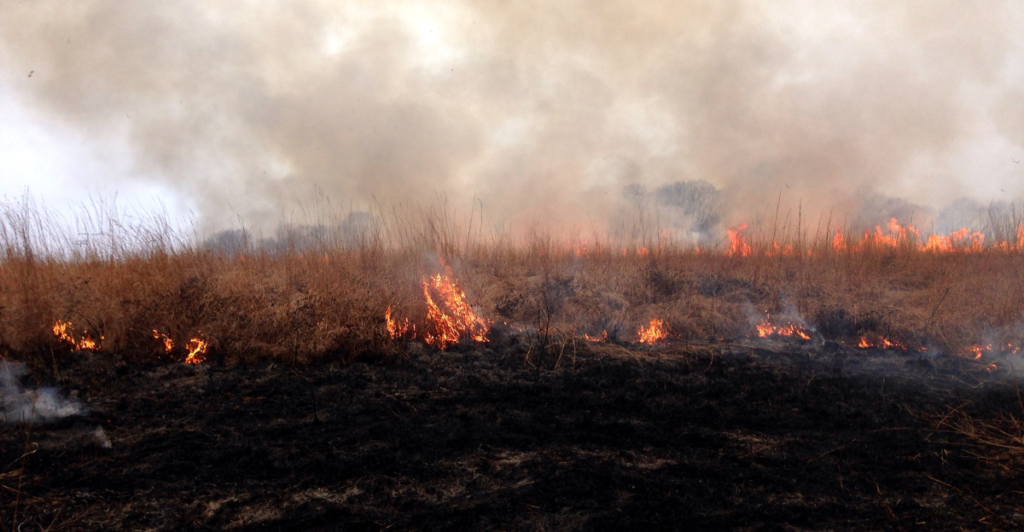
Prescribed burning is a controlled fire set by land managers to prevent forests from overtaking grasslands. Unlike wildfires, these burns are carefully planned. The goal? To clear overgrown plants, recycle nutrients, and create space for otherwise outcompeted species. However, not all grasslands respond in the same way to fire.
Not All Grasslands Are the Same

Scientists discovered that prescribed burns’ impact depends on the type of soil beneath the grass. Some soils support a greater variety of plant life after burning, while others do not. This raises a key question: Where should controlled burning be used to maximize biodiversity?
What Scientists Discovered on Mount Fuji
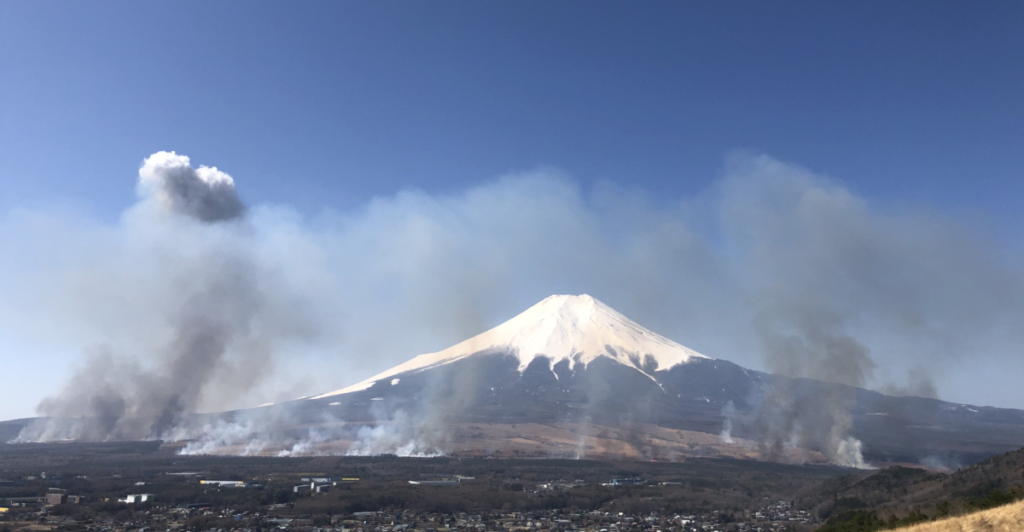
Researchers studied grasslands around Japan’s Mount Fuji, where prescribed burns occur yearly. They found areas growing on young lava flows had the highest plant diversity—especially endangered species. These findings suggest that certain soil conditions help rare plants thrive after a burn while others do not.
Why Young Lava Soils Support More Biodiversity
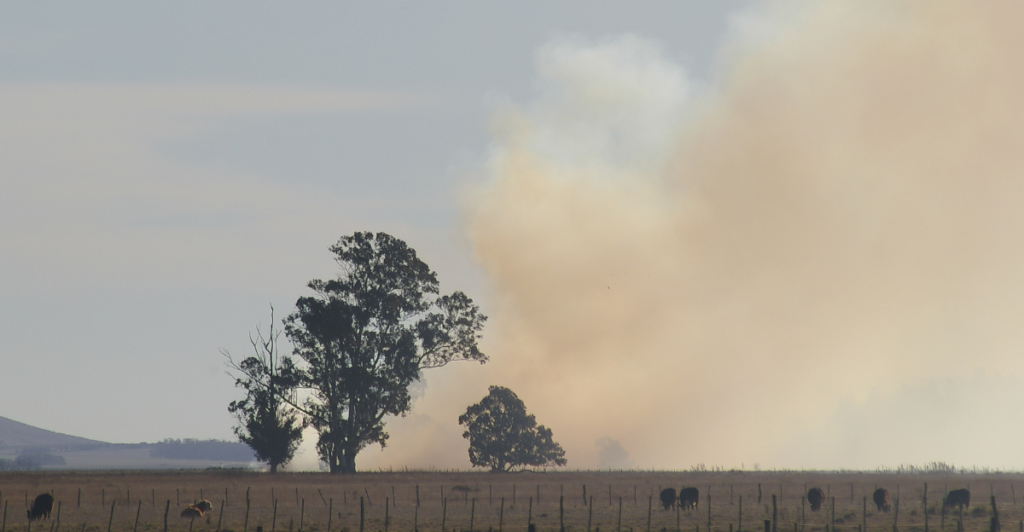
The secret to biodiversity in burned grasslands? Soil type. Young lava soils near Mount Fuji foster more plant species than older volcanic soils. These soils create challenging conditions—thin layers, rocky surfaces, and high acidity—limiting fast-growing plants and allowing rare, slow-growing species to survive.
How Soil Acidity Affects Plant Growth
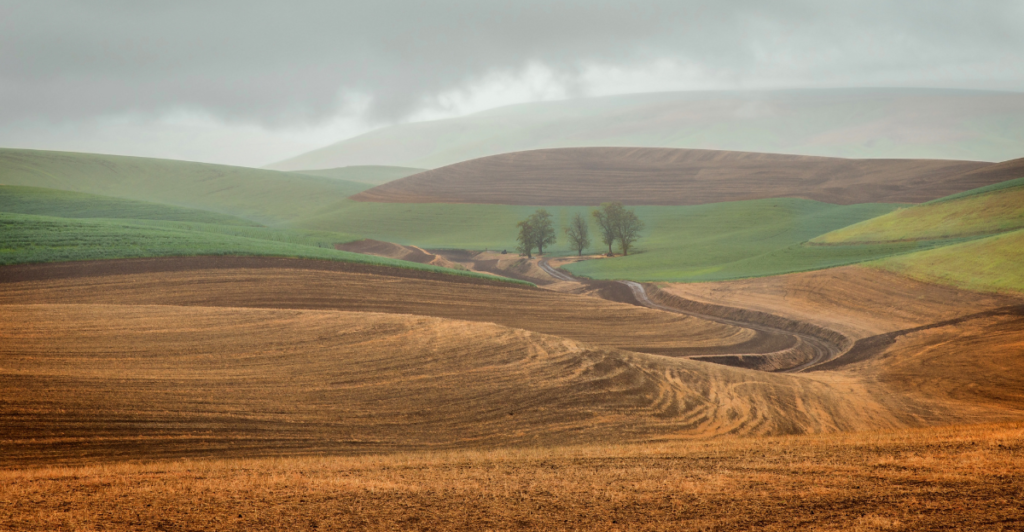
Acidic soil makes it harder for plants to absorb nutrients, giving dominant species less advantage. This opens the door for rarer plants that might otherwise be outcompeted. Researchers believe that prescribed burning resets growth, and it can give struggling species a much-needed foothold in the right soil conditions.
Why Rare Plants Thrive After Burning

Fire removes aggressive plant species, allowing slower-growing ones to gain ground. Fast-growing species can’t immediately take over after a burn on young lava soils, where nutrients are limited. This creates an opportunity for endangered plants to establish themselves before competition returns.
Can Prescribed Burning Help Endangered Species?
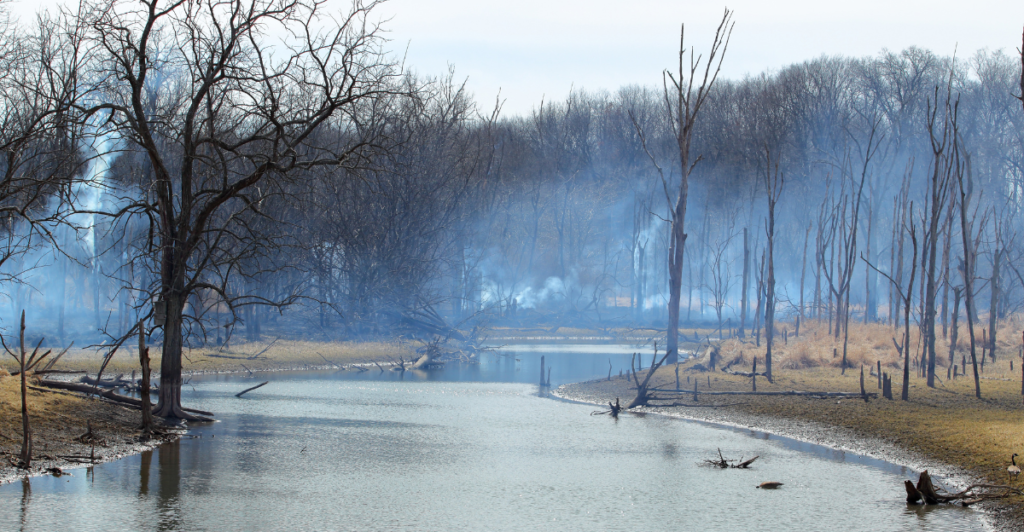
The study suggests that controlled burns can protect endangered plants in specific environments. By preventing more vigorous species from dominating, fire may help maintain biodiversity. However, not all grasslands respond this way—choosing where to burn is critical. Could this method be a key to conservation efforts?
The Challenges of Grassland Conservation
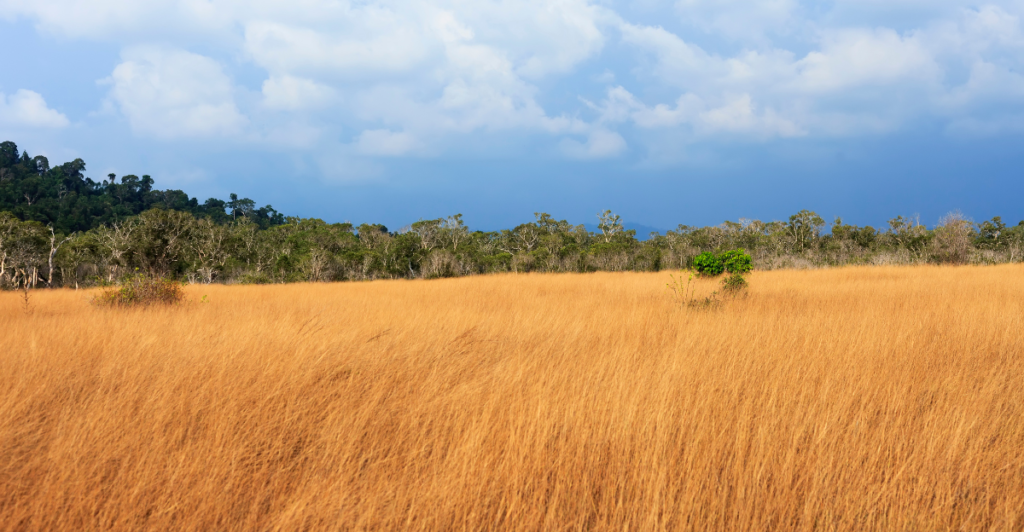
While burning is effective in some areas, it’s not a one-size-fits-all solution. Poorly planned burns can destroy habitats instead of protecting them. Conservationists must balance fire use with other methods like grazing and mowing to ensure long-term grassland health.
What This Means for Future Conservation Efforts

Understanding where prescribed burns benefit biodiversity is essential for protecting grasslands. Scientists hope these findings will guide conservation efforts worldwide. By targeting the right locations, controlled burns could help sustain rare plants and prevent further loss of grassland ecosystems.
Is Burning the Best Solution for Biodiversity?
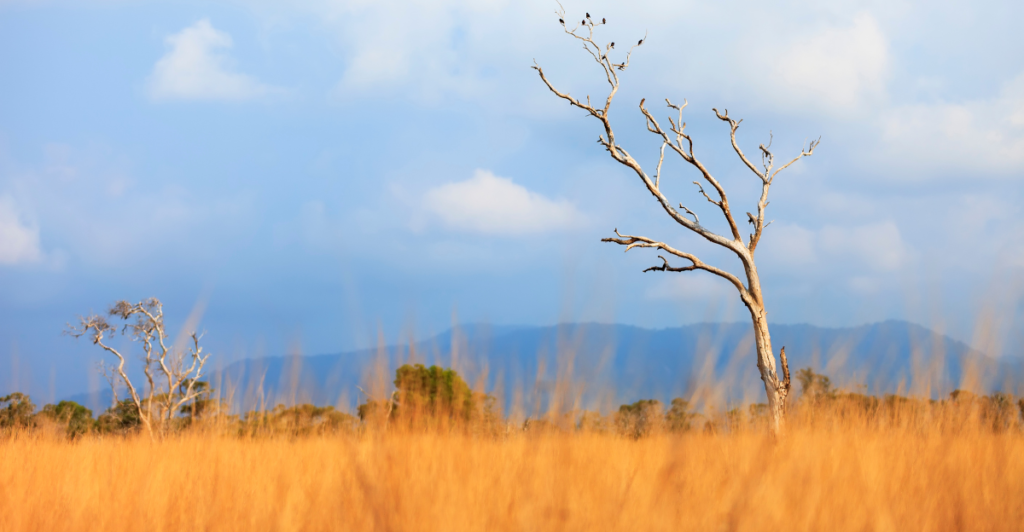
Prescribed burning is a powerful tool for grassland conservation—but only in the right conditions. Soil type plays a crucial role in determining its success. Moving forward, researchers and land managers must carefully plan where and how to use fire to maximize its benefits while protecting fragile ecosystems.
Discover more of our trending stories and follow us to keep them appearing in your feed

California Is Breaking Apart: A Fault Line Is Forming Faster Than Anyone Predicted
The Real Cause Behind Los Angeles’ Devastating Wildfires
Meet 12 of the World’s Coolest Rodents
10 Human Foods That Are Safe And Healthy For Dogs
References:
Reference 1
Reference 2
Reference 3
This article first appeared here
Stay connected with us for more stories like this! Follow us to get the latest updates or hit the Follow button at the top of this article, and let us know what you think by leaving your feedback below. We’d love to hear from you!







